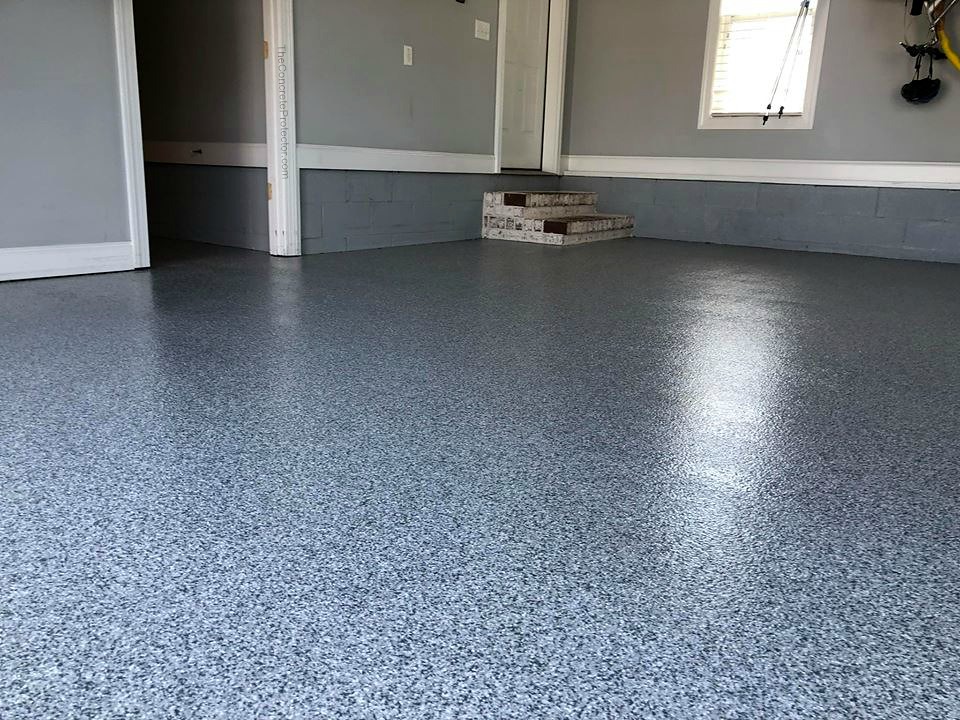"Journey Into the Psychedelic Art: A Kaleidoscope of Colors and Consciousness"
In the realm of human creativity, few genres are as vibrant, thought-provoking, and transformative as psychedelic art. This article delves into the vibrant world of this artistic movement, tracing its historical roots, current developments, and the profound impact on contemporary culture.

A Historically Vibrant Movement
Psychedelic art emerged in the mid-1960s, intertwining with the countercultural zeitgeist of the period. Rooted in the psychedelic experience and the consumption of mind-altering substances, this artistic movement expressed the altered states of consciousness through vivid, surreal, and highly detailed visual art. A key characteristic was the use of kaleidoscopic, fractal, or paisley patterns and bright, saturated colors. From concert posters and album covers to fashion and animations, psychedelic art was a visual manifestation of the era’s radical social changes.
Psychedelic Art Today: The New Wave
Fast forward to the present day, the psychedelic art movement is experiencing a resurgence in the digital age. The advent of digital art tools has allowed modern artists to push the boundaries of the genre. New-age psychedelic artists are creating intricate, animated pieces that reflect the changing perceptions of consciousness, spirituality, and the human experience. This current wave is an amalgamation of traditional psychedelic aesthetics with modern digital techniques, resulting in a rich and immersive visual experience.
Impact and Significance: More Than Meets the Eye
Psychedelic art is not merely an aesthetic genre; it’s a medium for communicating deep philosophical and existential ideas. The intricate patterns and vivid colors often represent metaphysical concepts or depict transcendental experiences. This art form challenges the viewers to question their perception of reality, encouraging them to engage with the artwork on a deeper, introspective level. The movement has also significantly influenced graphic design, animation, and even the technology industry, with psychedelic aesthetics increasingly incorporated into user interfaces and virtual reality experiences.
Reception of Psychedelic Art: A Spectrum of Perspectives
The reception of psychedelic art has been varied and complex. While it was initially associated with countercultural movements and often dismissed as ‘drug-induced’ art, the perception has significantly shifted over time. Today, it’s recognized as a legitimate art form that offers profound insights into human consciousness and spirituality. Moreover, with the ongoing scientific research on psychedelics and their potential therapeutic benefits, the art form is gaining further legitimacy and acceptance.
A Colorful Future: The Evolution of Psychedelic Art
Given the current trends, the future of psychedelic art seems promising. With advancements in technology and a renewed interest in altered states of consciousness, the genre is likely to continue evolving and expanding its reach. More than just a visual spectacle, psychedelic art is a testament to the human capacity for creativity and self-expression, offering a unique lens through which we can explore the complexities of our own consciousness.
In conclusion, psychedelic art is a vibrant and transformative artistic movement that continues to evolve, reflecting the changing cultural and societal contexts. It’s a powerful testament to the human quest for self-expression and a window into the boundless realm of the human mind. As we journey further into the 21st century, it will undoubtedly continue to inspire, provoke, and mesmerize, just as it has for over half a century.




